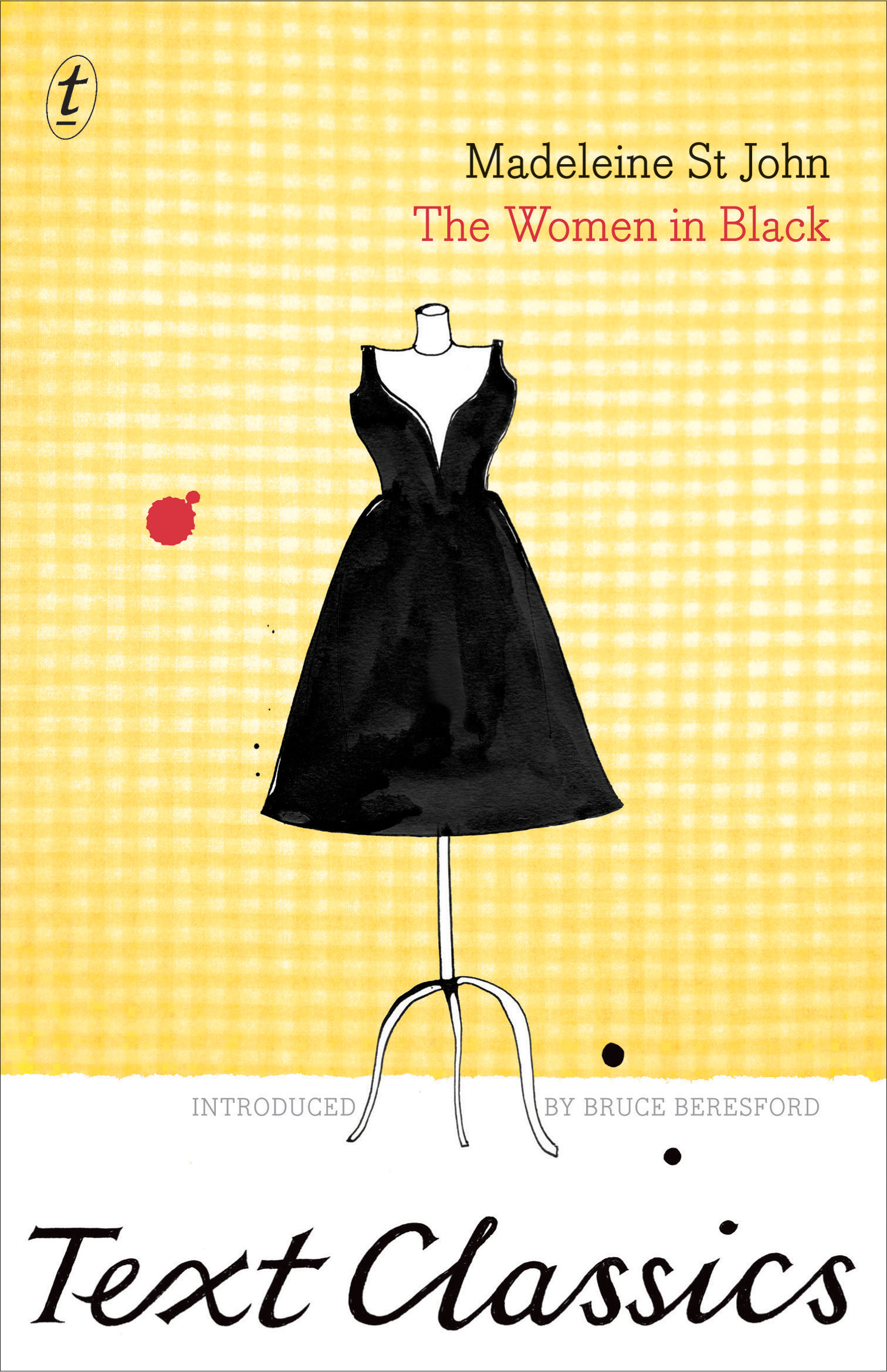 The Women in Black
The Women in Black
Text Classics
It took me a long time to stop misreading the title of this novel as The Woman in Black. I think it’s because my to-be-read pile also contains Wilkie Collins’ The Woman in White.* This missing plural meant that the introduction of a swathe of women in black in the early chapters left me a little bewildered but I quickly became so immersed in this deftly written tale I forgot the title and just went with the story.
I am a great fan of novels with a mundane domestic bent, especially when set in the mid-twentieth century.** Despite this novel being published for the first time in 1993 it feels entirely submersed within its setting. There is something about reading the minutiae of character’s lives and how they are built up and brought down by that which is every day – family, friends, jobs and lovers – that appeals to my voyeuristic little heart.*** From these novels some of the most memorable and complex, though not necessarily likeable, characters emerge and The Women in Black is no exception.
The Women in Black focuses on the black frocked staff of the Ladies’ Cocktail Frocks in the fictional F. G. Goode department store in Sydney in the late 1950s. The women in black, are individual and independent, living their lives, at least by the end of the book, for themselves and by their own choices. There is the Casual Sales Assistant (Temporary) Lisa (real name Lesley) who is stuck in the wasteland that is the end of high school and the release of exam results and an unknown future. There is Magda, glamorous Continental refugee, guardian of the Model Gowns and survivor of ‘hell’. There is Mrs Williams (Patty), married but in the limbo that was the now decidedly long wait for motherhood. And Miss Baines (Fay), whose current holding pattern revolved around strings of unsuitable dates thanks to her nightclub past and the wait for the future Mr Right. Surrounding these women are a cast of men and women that make up their current and future friends, families and lovers.
Despite its slim size, and lightness of tone taken from its comedy of manners elements, there is a depth within this novel with St John’s smooth sparse writing style layering the past, present and futures of her cast of characters into short sharp chapters. For me there were certain elements of cultural déjà vu. Though set in Sydney several decades before I was born the setting was still a place that I recognised. Though I thoroughly do not approve of the rather dismissive comments made against Melbourne by several of the characters, they do get one thing right though: Melbourne does have the best cake.****
Sadly, St John only wrote four novels, and this is her only novel set in Australia, for I would have loved to read the ongoing stories of these women.
* Distressingly neither of my versions of these books has an appropriately coloured cover in relation to their title
** Not to be confused with the domestic novel, which is apparently a real literary term for mid-19th Century women’s fiction or some such. Though the other part ascribed to this literary term is the comedy of manners, which The Women in Black has been described as. And you should take from this comment that I am in no way qualified to discuss books in an academic literary manner.
*** I blame this on my Grandmother letting me watch too much Days of Our Lives and the Young and the Restless as a child. Nothing wrong with that… unless you think that people can easily change their facial bone structure. Modern medicine is good but not quite that good.
**** This blog will not be participating in any extended conversation about Melbourne and Sydney rivalry.

